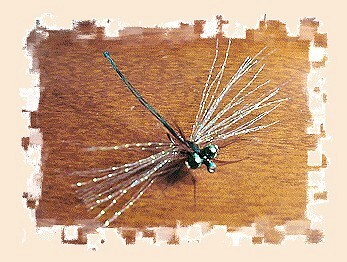Hook: Your choice (Mustad 9671 size 12 used here).
Thread: Your choice (8/0 olive used here).
Extended Body: 4-5 strands of Poly rope any color.
Wing: 6-8 strands of Pearl Krystal Flash Wing Material
Thorax: 2 strands of Peacock Herl or any dubbing, your choice.
Hackle: Any dark colored, oversized hackle (Furnace used here).
Eyes: Plastic beads, any color (green chain type used here).
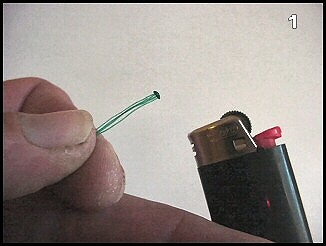
1. Start thread on hook and wrap back to the bend.
Select 4-5 strands of poly rope at least 3 times the
length of the hook, melt one of the ends together
to form the tail.
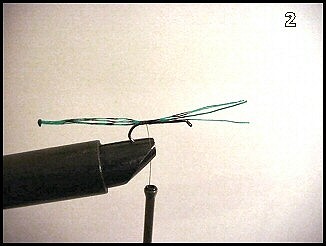
2. Use a fine tip, permanent marker to color segments
on the body. Tie the body onto the hook leaving one
hook length extended over the bend of the hook.
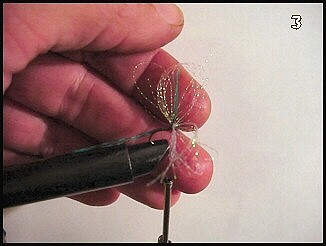
3. Wrap over the body to the center of the hook shank
and lift the remaining body material up and make a couple
of thread wraps on the shank. Cut 6-8 strands of wing
material and fold into thirds to create more width and
tie this in front of and against the raised body material.
Center the wing and lock in using figure 8 wraps.
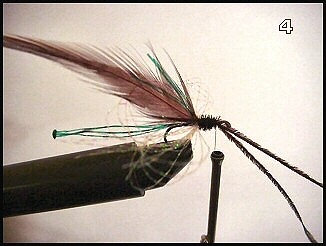
4. Tie in the peacock herl or dubbing material
against the wing, then tie in the hackle. Wrap
the thorax a bit bulky, make sure to leave room
for the eyes and a head. Lock this in and trim
the excess.
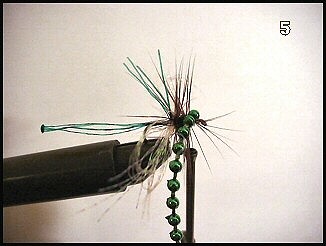
5. Palmer the hackle with tight turns along the
thorax making sure to create the appearance of
thick legs, lock the hackle in and trim the excess.
Add the bead eyes just in front of the thorax and
hackle, tie them in using figure 8 wraps.
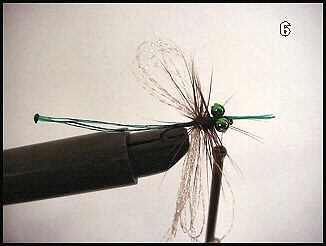
6. If necessary, push the beads and other material
back against the wing with your thumbnails. This will
keep everything tight together and insure space for
the head. Pull the remaining body material down over
the bead eyes toward the hook eye. Tie it off in front
of the eyes, then make a few turns behind the eyes to
help lock the eyes in.

7. Trim the excess body material off just behind the
eye of the hook. Wrap the thread forward and create a
slightly tapered head in front of the bead eyes. Whip
finish and cement the head generously around the bead
eyes. This keeps the eyes from twisting around the hook
shank. When the head dries be sure to clear the hook eye
of cement. Cut the loops in the wing material open and
trim the longest strands to leave each wing one body length.
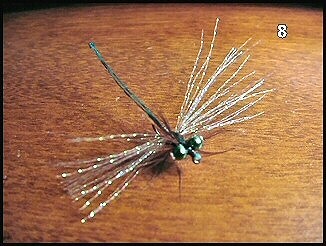
8. The finished damsel prepared for flight. ~ MOtrukE

